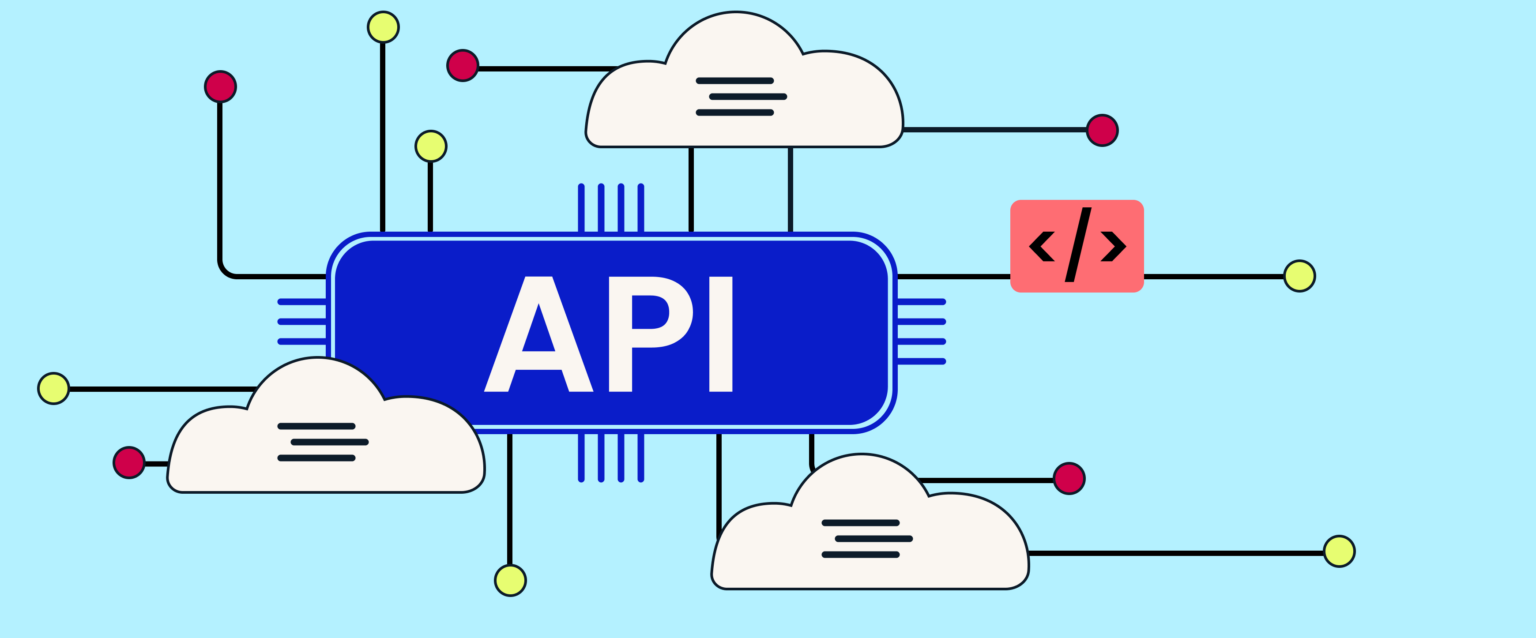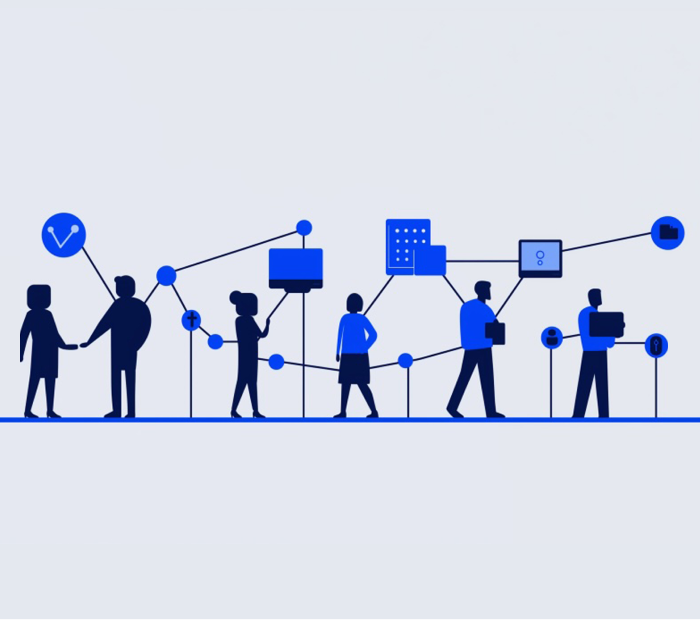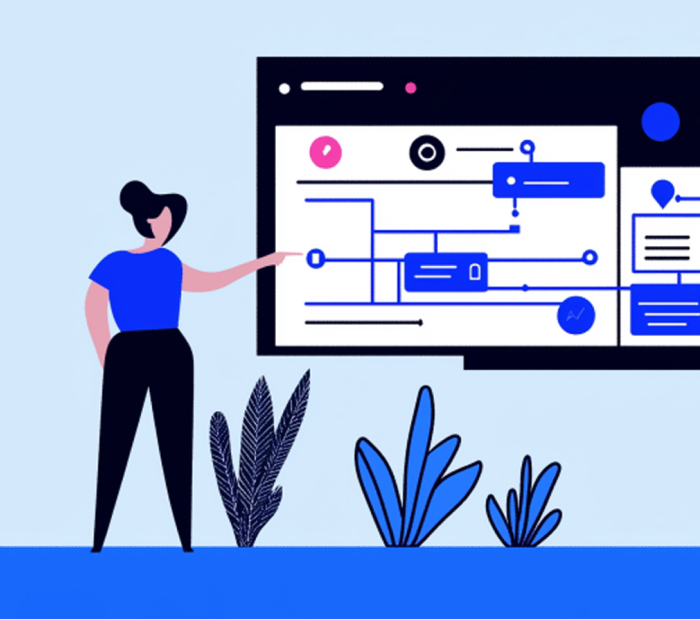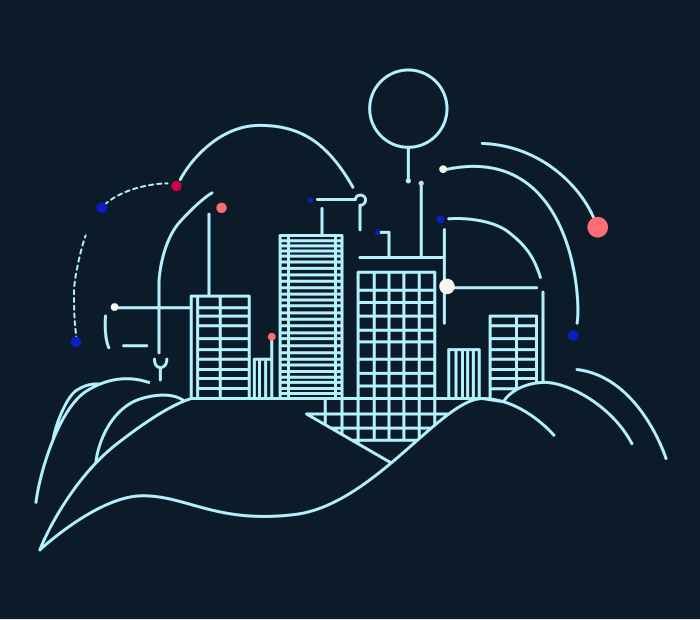
Understanding APIs and Their Significance
API (Application Programming Interface) is a set of rules and protocols that allows different software applications to communicate with each other. Think of it as a messenger that enables one software system to interact with another without knowing the intricate details of each system. Simply put, an API specifies how different software components should interact and what actions they can perform. It acts as a bridge between different software systems, enabling them to share data and functionality.
Now, how does an API actually work? Imagine you are ordering food from a restaurant through a food delivery app. When you place your order, the app sends a request to the restaurant’s API. This request includes all the necessary information, such as the type of food, quantity, and delivery address. The API of the restaurant receives this request and processes it. It understands the request, checks if the requested items are available, calculates the total cost, and sends back a response to the delivery app. This response includes information about the availability, cost, and estimated delivery time. It acts as a layer of abstraction between the food service app and the restaurant’s internal systems. It allows the app to interact with the restaurant’s functionalities without needing direct access to its database or code.
Exploring API Types and Their Practical Use Cases
There are various types of APIs available, each serving different purposes and catering to specific use cases. Understanding these API types can help app developers identify the right one for their project and maximise its potential. Let’s explore some common examples of APIs and their practical use cases:
Web APIs
Web APIs, also known as REST APIs or HTTP APIs, are widely used for web development. This type of API allows developers to access web-based services and retrieve or manipulate data using HTTP requests. Web APIs are extensively utilised by social media platforms, search engines, and e-commerce websites, enabling developers to integrate functionalities into their own applications. For example, Facebook’s Graph API allows developers to retrieve user profiles or post updates directly from their applications.
SOAP APIs
SOAP (Simple Object Access Protocol) APIs use XML-based messaging protocols to exchange data between applications. They are commonly used in enterprise environments for complex integrations, where additional security and reliability are crucial. APIs with SOAP protocols provide extensive documentation and often require authentication and authorisation. For example, Salesforce’s SOAP API allows developers to interact with Salesforce’s CRM (Customer Relationship Management) platform, retrieving or manipulating data for various business processes.
Database APIs
A database type of API, such as ODBC (Open Database Connectivity) or JDBC (Java Database Connectivity), provides a standardised database access interface. These APIs enable developers to retrieve or manipulate data in various database management systems, regardless of the underlying technology. Database APIs are used in financial systems and content management systems. They are also used in other applications that need to store data persistently.
Cloud APIs
Cloud APIs are essential tools cloud service providers provide, offering a wide range of practical use cases. They enable developers to access and manage cloud resources efficiently. For instance, cloud storage APIs like Amazon S3 and Google Cloud Storage empower developers to securely store and retrieve data in the cloud, facilitating scalable and accessible data solutions. Cloud application providers also offer AI and machine learning APIs, enabling developers to harness advanced capabilities such as natural language processing and image analysis to enhance their services.
GraphQL APIs
GraphQL APIs are popular because they give developers more flexibility and control over data retrieval. Unlike RESTful APIs, GraphQL allows clients to specify the exact data they need, preventing over-fetching or under-fetching, that reduces unnecessary network requests. Netflix uses GraphQL APIs for their streaming service, allowing clients to get personalised content recommendations in just one API request.
Benefits of APIs
API providers offer a wide range of benefits that can greatly improve the functionality and efficiency of e-commerce applications. Here are some of the key advantages of using APIs:
Cost Efficiency
Organisations can save money on infrastructure and development by using APIs to access cloud services or third-party functionalities. This can lead to cost savings in infrastructure and development.
Ecosystem Expansion
Companies can expand their product offerings by exposing APIs to external developers. This encourages third-party developers to build complementary applications, extensions, or integrations, which can enhance the overall value of a product or digital service.
Advanced Security Features
APIs can enforce security measures like authentication and authorisation, ensuring that data and functionality are only accessible to authorised application users. They can also enable monitoring and auditing for security compliance.
Modularity
APIs promote a modular approach to software development. Developers can build and update individual components or services independently, making maintaining and scaling digital applications easier. This architectural style also encourages reusing chunks of code.
User Experience
APIs can improve the user’s digital experience by enabling seamless integration with other services. For example, social media login APIs make it easier for users to log in and sign up for mobile phone software apps.
Where are APIs Used?: API Applications and Everyday Encounters
APIs are used in many everyday applications, interactions and modern businesses. They power social media integration, online shopping experiences, gaming platforms, and government services. APIs make it possible for these systems to communicate and share data easily, improving user experiences and making technology more efficient in various industries.
APIs in Action: Real-Life Example
Below are some common applications of APIs in our daily life:
Mapping and Directions
When planning a trip, you’ll open a travel app, input your starting point and destination, and the app presents you with step-by-step directions. Behind the scenes, the travel app uses the Google Maps API to collect the necessary map data, calculate the ideal route, count the number of travel or flight times needed and show it to you.
Hotel Search and Booking Confirmation
The platform uses hotel booking APIs to collect information about available hotels, their pricing, and facilities at your destination. After your booking, the platform will send confirmation details to your email address, which may include transmitting data over a partner API.
Payment Processing
When you book a flight and hotel, the platform connects to payment gateway APIs, such as credit card processors or PayPal, to securely handle your payment information and complete the transaction.
FAQs
How can I monitor my API usage?
To monitor API usage effectively, use built-in analytics tools provided by API providers. Set up comprehensive logging in your application code. Utilise monitoring and observability tools to collect and visualise performance data. Set up automated alerts to detect and respond to issues quickly. Also, pay attention to security, usage metrics, and user feedback.
How can I make my API more secure?
To enhance the security of your API, start by implementing strong authentication and authorisation mechanisms, ensuring that only authorised users have access to application. Employ encryption via HTTPS for data in transit and data at rest, and validate and sanitise all input to prevent common vulnerabilities like SQL injection and XSS attacks.




